Birdfly
Well-known member
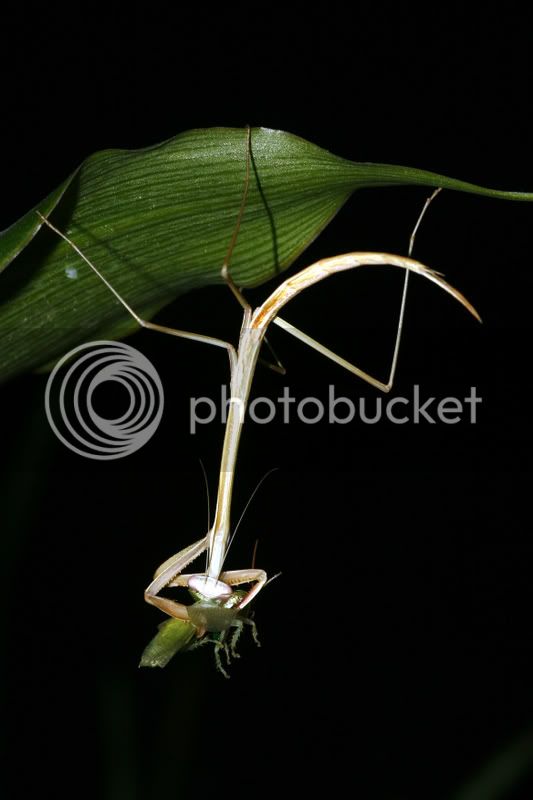
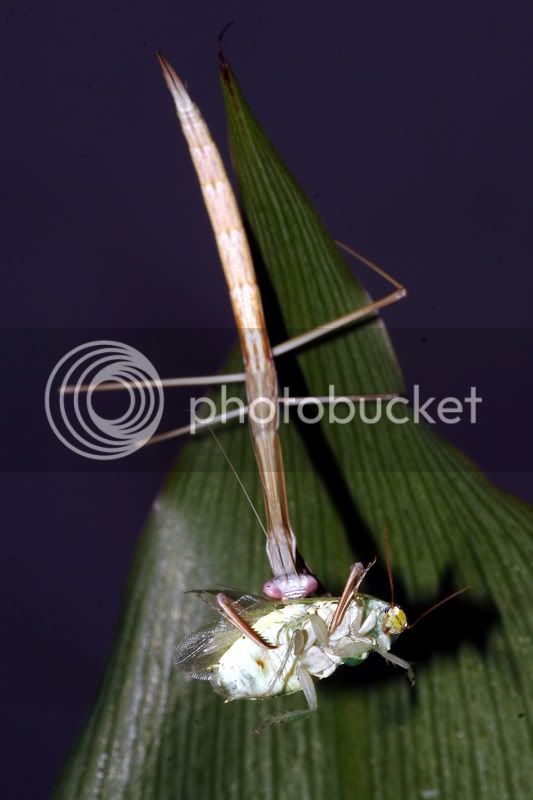
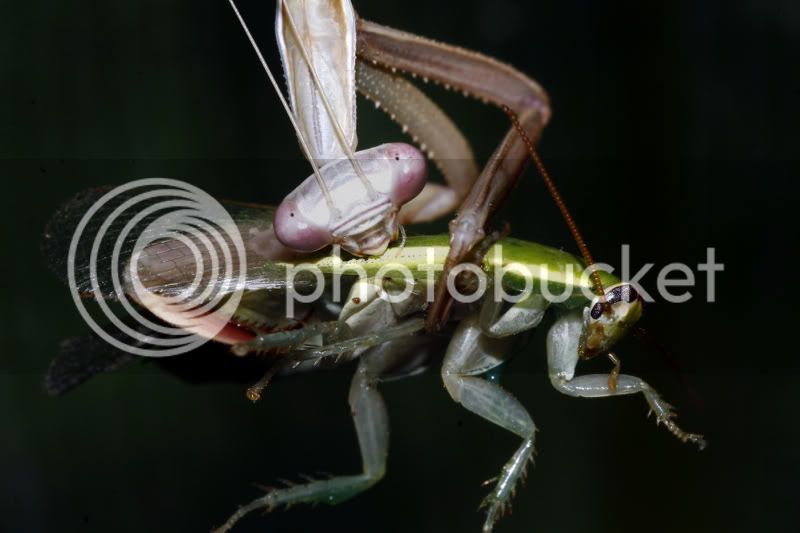
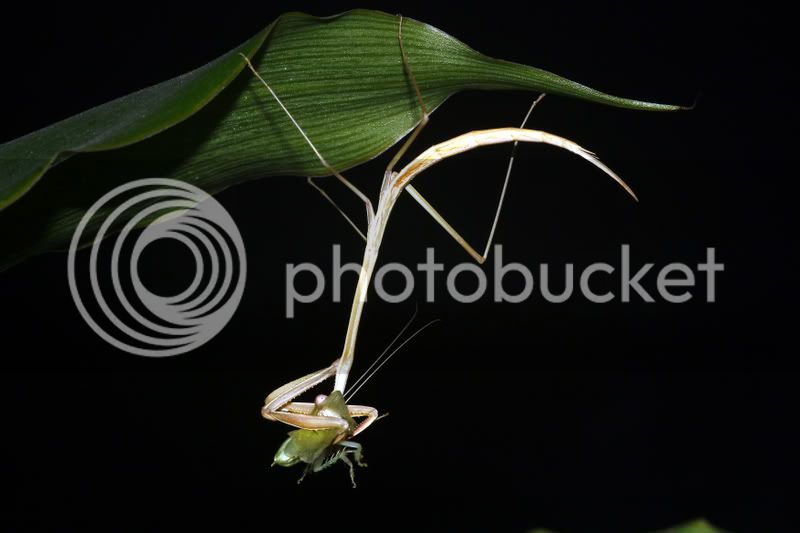
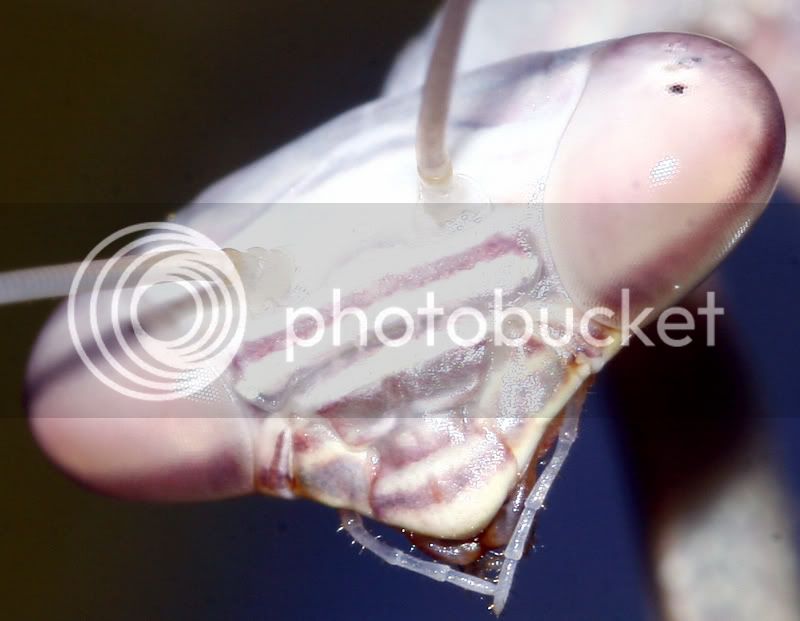
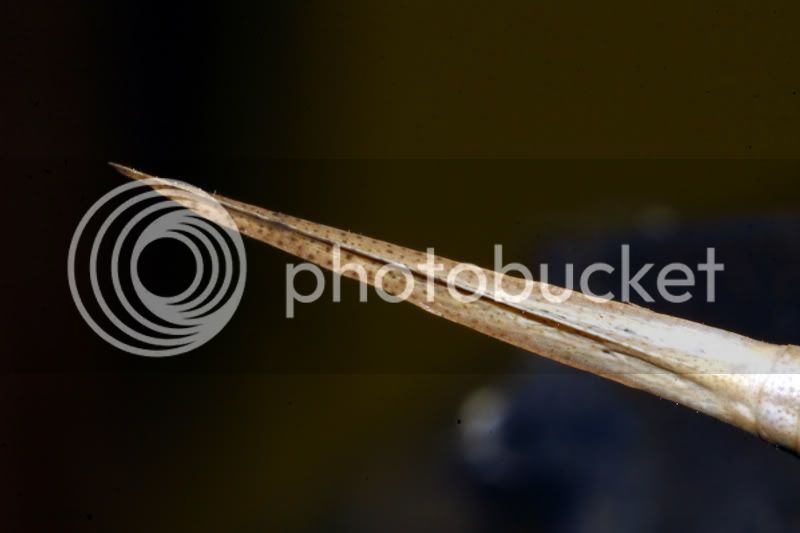
Abit over exposed
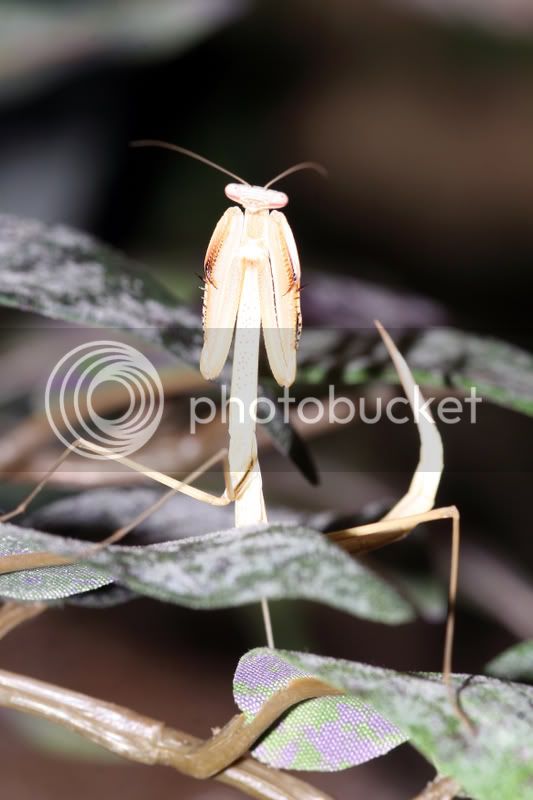
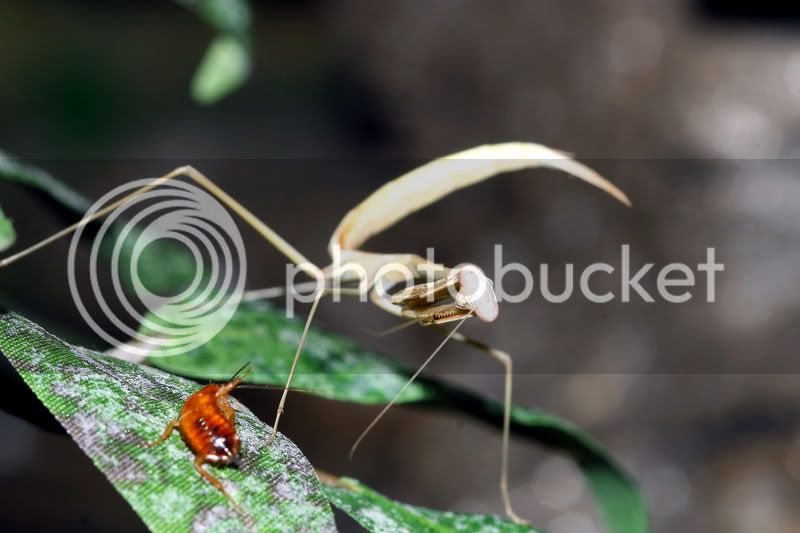
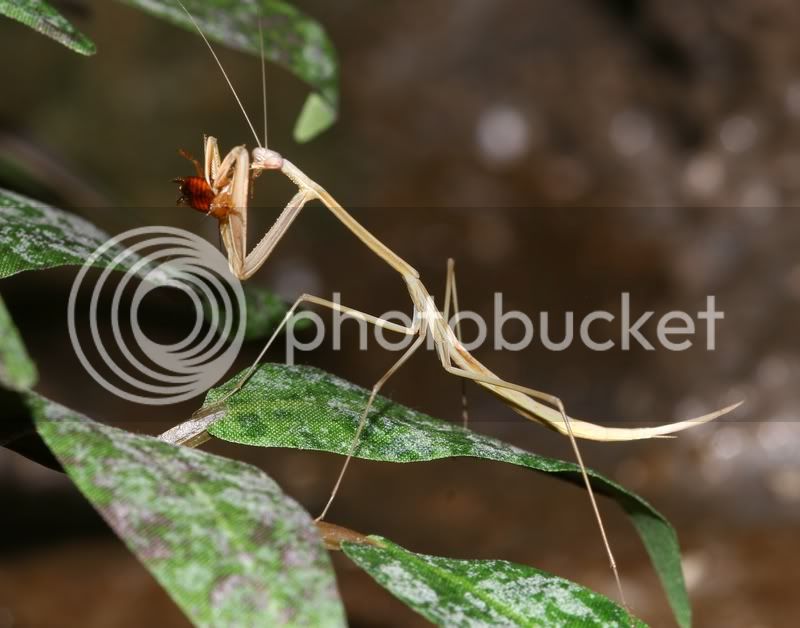
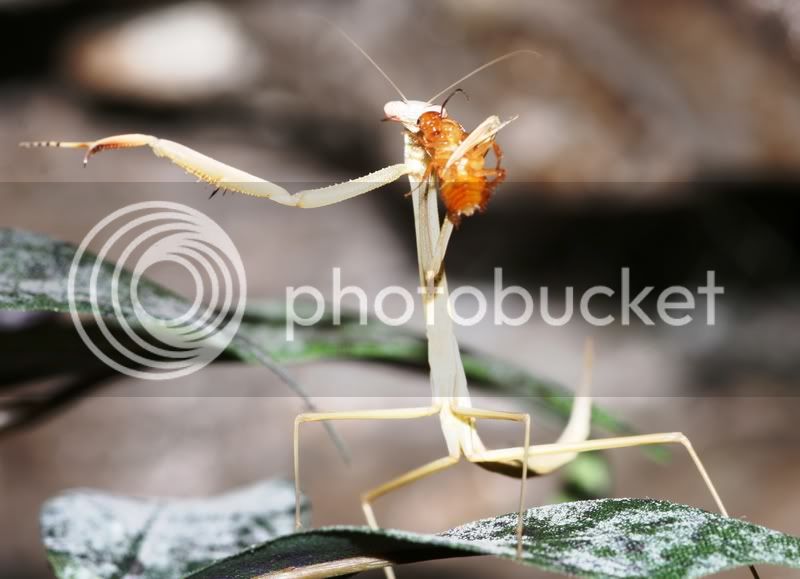











Ok thanks, cant edit the title nowHi.This genus is monotypic (contains just one species), so there is no need to put a question mark behind the specific name.
Regards,
Christian
Hi, The feeders in the pictures are two species of cockroach, the green one is Panchlora nivea and the red one is commonly known as a red runner, B lateralis ?This is a beautiful mantis, what all is it eating?










This is not really a grass mantid. It is just very elongated. A stick mimic is the closest which can be applied to this species.And yes, for a grass mimick, this species seems to pay no attention to size when grabbing prey.
Enter your email address to join: